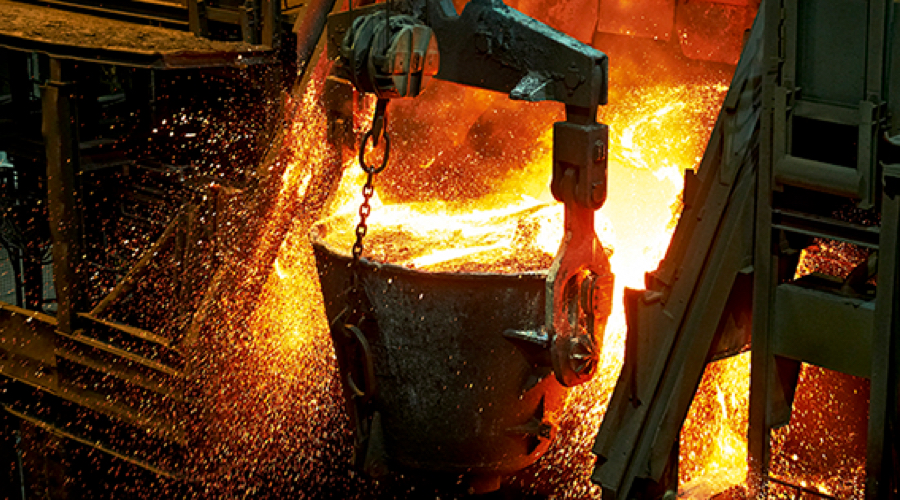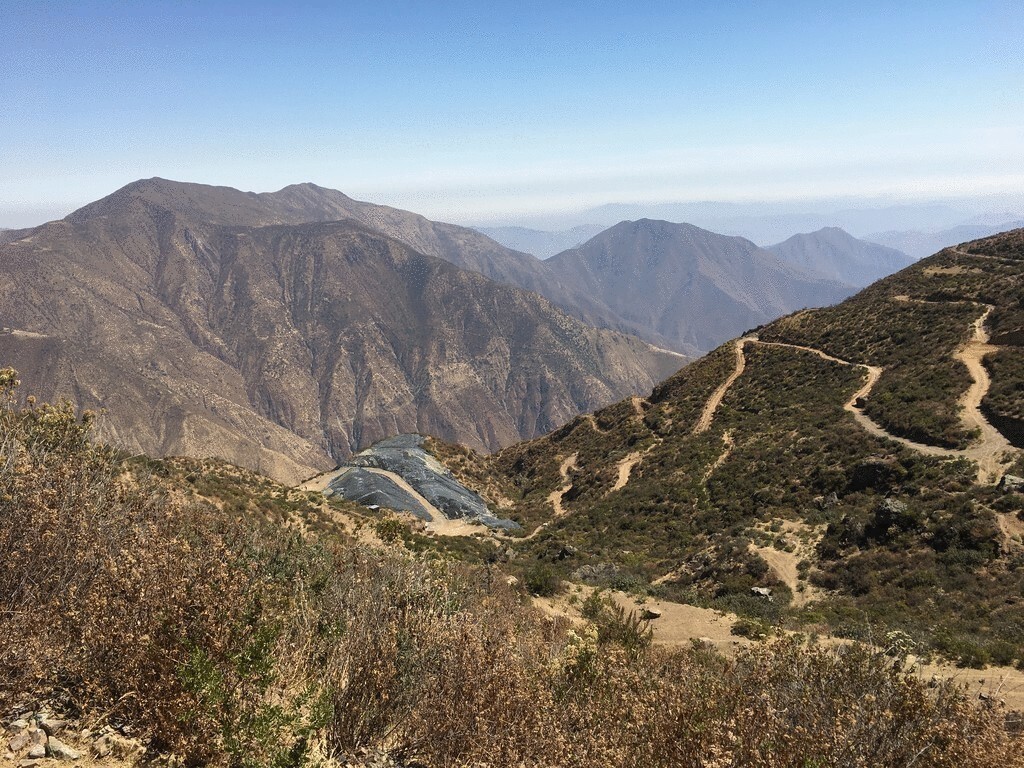Copper price blasts to 10-year high as Chile strike adds momentum to rally

The copper price climbed to the highest since 2011 as the global recovery from the pandemic extended a rally in metals markets— and as port workers in Chile called a strike.
Copper for delivery in May was up 2% on Monday, with futures at $4.4425 per pound ($9,795 a tonne) on the Comex market in New York.
Top producer Glencore’s shares were up 3.3% on Monday, while Freeport-McMoRan was up 6.6% in New York. Vale, BHP, and Rio Tinto shares were also up around 1.5%, also benefitting from an iron ore price jump.
Click here for an interactive chart of copper prices
Port workers in Chile, which accounts for about a quarter of the world’s copper supply, called a strike for Monday in response to President Sebastian Pinera’s move to block a bill allowing people to make a third round of early withdrawals from their pension funds.
“The threat of covid-19 in nations in South America could hamper the export of key industrial commodities like iron ore and copper,” Gavin Wendt, senior resource analyst at MineLife Pty, told Bloomberg.
Goldman Sachs said recently copper price can surge to $15,000 by 2025.
“Discussions of peak oil demand overlook the fact that without a surge in the use of copper and other key metals, the substitution of renewables for oil will not happen,’ the bank said.
Demand will therefore significantly increase, by up to 900% to 8.7 million tonnes by 2030, the bank estimates. Should this process be slower, demand will still surge to 5.4 million tonnes, or by almost 600%.
“Ripple effects into non-green channels mean the 2020s are expected to be the strongest phase of volume growth in global copper demand in history,” Goldman said in a note.
“The copper market is unprepared for this critical role.”

“The super part of the copper supercycle is happening right now,” Max Layton, managing director for commodities research at Citigroup Global Markets told Bloomberg.
“The bullish outlook is decarbonization-led, and I’m totally onboard with that for the next three to four years, but the super part of this cycle is actually more related to the scale of global stimulus.”
Still, risks to the industrial rally are building in the short term. A rise in coronavirus cases and new variants threatens to derail reopening plans in some regions such as India, while investors are concerned about a possible pullback in Chinese stimulus.
“Prices could become overly extended for industrial uses,” Xiao Fu, head of commodities strategy at BOCI Global Commodities told Bloomberg.
“I’m not in the $15,000 copper camp. There will be some automatic stabilizers before we approach those kinds of levels, and there will be some demand adjustment,” said Xiao.
“And let’s not forget: the pandemic is not over, and cases are still surging in many parts of the world.”
(With files from Bloomberg)
{{ commodity.name }}
{{ post.title }}
{{ post.date }}

Comments